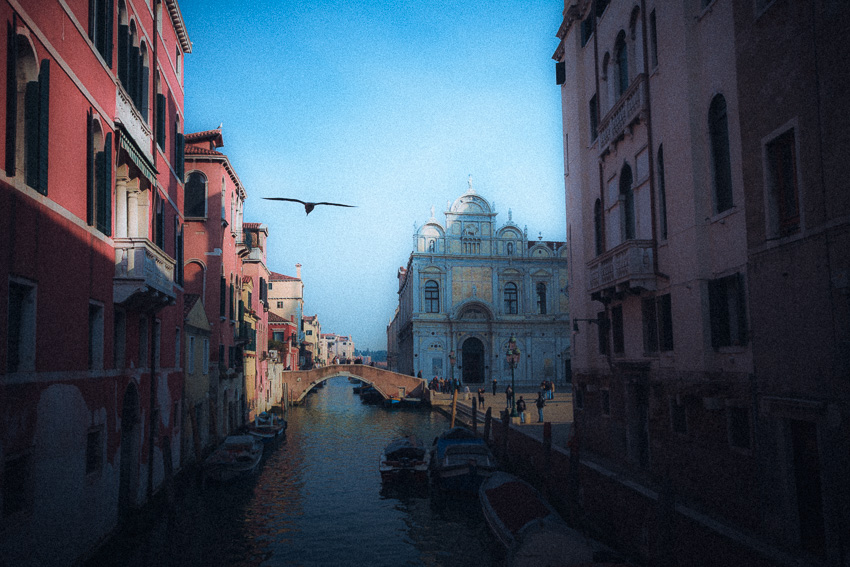Many photographers pride themselves on the fact that they do not post-process their digital images on the computer. Straight-out-of-camera is the name of this quality feature. These contemporaries reject any image processing, even if it is only a tonal value and color adjustment, because after all it is a manipulation of the image. Interestingly, this apparently does not apply to black-and-white photos. They are not perceived as manipulation at all. That has always puzzled me …
The Holy Grail “Straight-out-of-camera”
Those who know me know that I struggle with the holy grails of photography (manual exposure mode, spot metering, original lenses, brand loyalty, etc. etc.). I also have a hard time with the “image editing is manipulation” attitude of many digital photographers who believe that when a photo is “straight-out- of-camera” it shows reality and nothing but reality. But “a picture is a picture is a picture”. I don’t remember who this saying is attributed to, but it couldn’t be truer. A picture never shows reality, at most it shows a section of space and time. It is nothing more than the helpless attempt to capture reality. This attempt, however, must fail miserably. Even if the photographer insists that the picture is “straight-out-of-camera”. The fact that the camera software has already massively intervened in the image rendition, at least in the case of JPG files, is often ignored. And even with RAW photos, the RAW converter has to make an initial interpretation of the raw data. If you use more than one RAW converter, you can very easily find that each of them interprets the data a little differently.
Since my roots are in classic black-and-white photography, post-processing, quasi the work in the digital lab, is simply part of it for me. And that also means that I don’t always want to depict reality as faithfully as possible (which, as I said, is not really possible from my point of view). It’s more about the interpretation of a scene according to my personal taste. In doing so, I also gladly accept that not everyone will like the result.
So what about black and white?

View of the Hospedale, Venice
In our courses, I like to tell a story from my youth. Or more precisely: from my early childhood. My parents, of course, had the obligatory shoebox with old black-and-white photos from the war years. After looking through the pictures, it was completely clear to me that the time of the Third Reich must have been black and white. After all, there were no color photos in the shoebox at all …
Black and white is probably one of the strongest abstractions of reality. After all, our environment is more or less colorful. Nevertheless, even most straight-out-of-camera advocates do not perceive a black-and-white photo as manipulated, unlike an image in which, for example, the color saturation has been raised. I’ve long wondered how this is possible. Slight changes in color are perceived as manipulation, while the complete absence of color is perfectly fine. For me, this cannot be reconciled. Anyone who claims to depict reality as faithfully as possible should have a considerable problem with black and white. Or, conversely, accept other types of image processing. Mind you: accepting does not mean that you have to like it.
Conclusion
I personally believe that the creative process is far from over when the release button is pressed. Just like in the classic darkroom, capturing the image is the first very important step in the process of creating a picture. But if you settle for that, you miss a lot of opportunities and a lot more fun.
What are your thoughts on this topic? As always, please feel free to leave a comment.


Leave A Comment